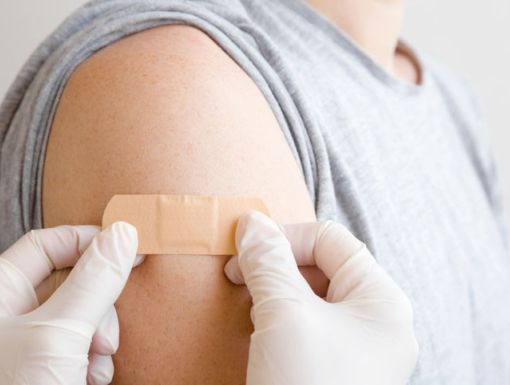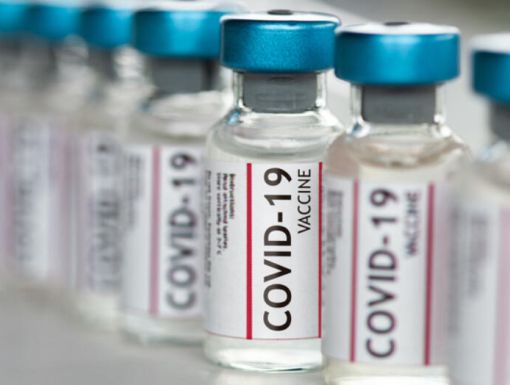
What’s in the COVID-19 Vaccine?
For most people, it can be confusing, trying to understand what goes into a vaccine. With all the misinformation circling around, you might be concerned about the Pfizer and Moderna COVID-19 vaccine's safety. If you are wondering, “What exactly is in the COVID-19 vaccine?” here is a quick guide to help you understand.
What is mRNA?
Both the Pfizer and Moderna vaccine contain a synthetic mRNA or messenger RNA (ribonucleic acid). Messenger RNAs is a type of RNA that is found in our cells. The mRNA’s genetic information is what is being used to make the SARS-COV-2 spike protein. This is the “spike” that comes out of the virus. The spike protein is also what attaches itself to the human cells. Once this spike protein is created, it will alert the body’s immune system to make antibodies to fight the virus should a person encounter COVID-19. It’s important to note that the spike protein does not cause COVID-19 but merely an alert for the body to produce antibodies.
Will this change my DNA (deoxyribonucleic acid)?
Many people worry that an mRNA will change their DNA because they seem similar. But mRNA vaccines are not infectious, meaning they don’t use a live strain of the virus. They don’t enter the human cell’s nucleus, so it can’t be inserted into a person’s DNA. The mRNA rapidly breaks down within the first couple of days, so it does not remain in the body.
So, what else is in the vaccine? How is it a liquid?
The microscopic mRNA particles are suspended in a small sphere that contains a fatty material known as a lipid nanoparticle. In turn, the lipid nanoparticles are suspended in a saline (salt) solution that is injected into the arm muscle. You might also wonder why the solution needs to be kept cold. Messenger RNA is very delicate and must be kept cold to keep it from quickly breaking down.
What happens after I receive the vaccine?
Once the spike protein has been made, your body’s immune system will recognize that the spike protein is a foreign object. Your body will then create an attack plan against the virus by producing antibodies. This also serves as an immune memory path, which means your body learns how to defeat the virus should you encounter COVID-19 viral spike protein again. You might feel sore in the arm where you received the vaccine. The most common side effects reported by vaccine participants in trials conducted by Pfizer and Moderna include:
- Headache
- Fatigue
- Muscle pain
- Joint pain
- Mild fever
The information in this blog post is accurate at the time of publication. However, as the situation surrounding COVID-19 continues to change, it's possible that information has changed since being published. While Ochsner Health is trying to keep our blog posts as up to date as possible, we also encourage readers to stay informed on news and recommendations by using the CDC website.


